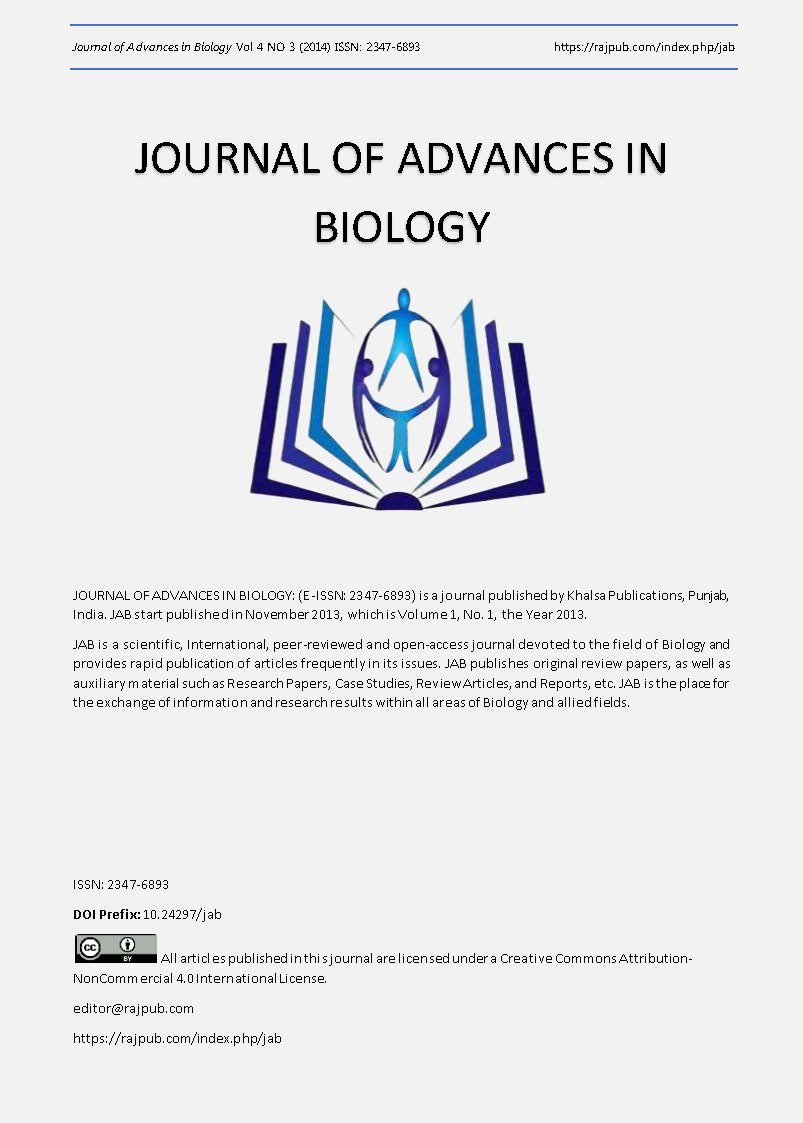Seasonal variations in proximate and fatty acid composition of muscle of Tunisian Grass goby Zosterisessor ophiocephalus
DOI:
https://doi.org/10.24297/jab.v4i3.3750Keywords:
Zosterisessor ophiocephalus, coastal catch, chemical composition, fatty acid, fish muscle.Abstract
The present study focuses on the seasonal variation of the global chemical composition of Gradd goby, Zosterisessor ophiocephalus, of the coastal catch from the Gabes Gulf (Tunisia). The variations of moisture, protein fat and ash contents of the fresh muscle fish were examined as a function of sex. These variations are low for moisture and fat and medium for protein and ash. The highest moisture content was reached during July for males (82.25 ± 0.70 g/ 100 g of fresh muscle) and during November for females (73.68 ± 0.65 g/ 100 g of fresh muscle). Over the year, this fish present lower fat content. However, higher protein values were observed over the year (15.27-21.33 g/ 100g of fresh muscle). Interestingly, muscle of Zosterisessor ophiocephalus may constitute a source of protein with lower fat content suggesting the use of this fish as a flower of healthy diet for humans. Significant differences were also observed for fatty acids. Palmitic acid was the most abundant fatty acid ranging from 20.57 % to 34.90 %. Oleic acid was the main unsaturated fatty acid ranging from 24.12 % to 43.47 %. The muscle contained high rate of ω-3 polyunsaturated fatty acids (PUFA), ranging from 7.58 to 20.07 %.
Downloads
Downloads
Published
How to Cite
Issue
Section
License
 All articles published in Journal of Advances in Linguistics are licensed under a Creative Commons Attribution 4.0 International License.
All articles published in Journal of Advances in Linguistics are licensed under a Creative Commons Attribution 4.0 International License.




